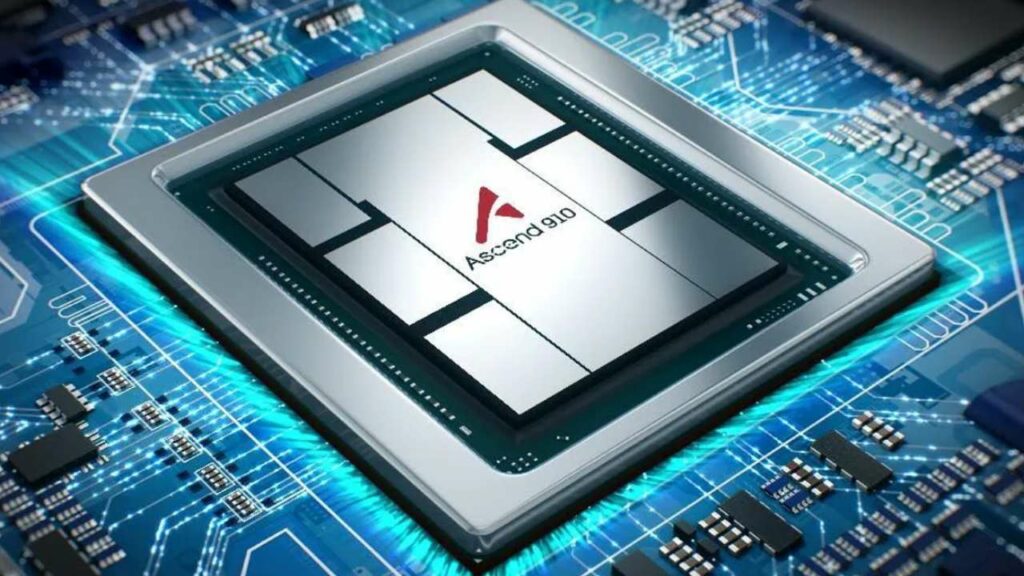Huawei, which does not want to be left behind in artificial intelligence, is lagging behind in processor technology due to the US embargo. Despite this, Huawei, which managed to go down to the 7 nm fabrication process with SMIC, started to take steps for artificial intelligence processors. So what kind of solution has Huawei developed for ai processors?
Huawei will focus on computing power for ai processors
Nvidia currently has almost a monopoly on artificial intelligence processors. However, companies such as Microsoft, Intel, AMD and Qualcomm are also working on their own artificial intelligence processors. In this sense, China faces much more challenging conditions. The US embargoed the existing Nvidia H100 processor, causing China to resort to different solutions.
In this sense, China has taken action for its own artificial intelligence processor. Again, some companies in China modify and use graphics cards for artificial intelligence. Companies such as Huawei and SMIC are two companies that are rolling up their sleeves for China’s artificial intelligence processor. In this sense, Huawei announced that it will focus on increasing the computing power of its previously announced Ascend 910 processor.

Huawei had previously announced that it had developed an ai processor called Ascend 910
As you know, although SMIC and Huawei have gone down to 7 nm, the lithography method used is an old method. In fact, according to experts, it is a great success for Huawei and SMIC to go below 14 nm with this lithography. Huawei, on the other hand, is developing strategies to go down to the 5 nm level with SMIC.
However, in its latest statement, the company will focus on increasing computing power for AI processors instead of improving existing lithography technology. In short, we are likely to see an AI processor at the 7 nm level, but with increased computing power. Huawei, which previously announced that it is working on a processor with much more performance than Nvidia’s H100 processor, is obviously looking to achieve this with an increase in computing power.
However, China recently came up with an interesting patent. Accordingly, China has received an important patent for Extreme Ultraviolet Lithography, or EUV. All processor lithography devices in the world are produced by the Dutch ASML. The company, which does not sell EUV lithography devices to China due to the US embargo, also has a critical role in processor wars. It is a matter of curiosity whether China will be able to produce EUV lithography devices with this new patent. But until those days come, Huawei and SMIC are looking to make a difference with China’s own ai processor with the increase in computing power.














